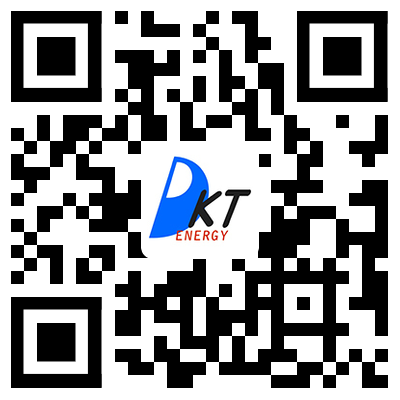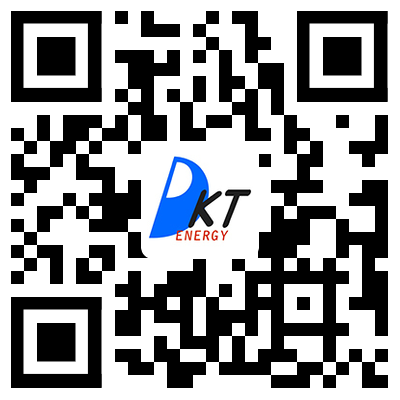1. Coke oven gas desulfurization method
1 Overview
Coal gas and coke oven gas are important gas fuels with medium and high calorific value, which can be used for steel production and urban residents. It can also be used as raw material gas to produce synthetic ammonia, methanol and other products, regardless of the method used to use coke oven gas. , Its sulfur content must be reduced to a certain extent.
Coking coal contains 0.5% to 1.2% of sulfur, of which 20% to 45% of sulfur enters the raw gas in the form of sulfide to form hydrogen sulfide gas, in addition to a considerable amount of hydrogen cyanide. The crude gas produced by the coke oven contains many impurities and needs to be purified. Coke oven gas generally contains 4-8g/m3 of hydrogen sulfide, 4-9g/m3 of ammonia, and 0.5-1.5g/m3 of hydrogen cyanide. Hydrogen sulfide (H2S) and its combustion product sulfur dioxide (SO2) are both toxic to humans, and hydrogen cyanide is more toxic. Hydrogen cyanide and ammonia generate nitrogen oxides (NOX) when they are burned. Sulfur dioxide and nitrogen oxides are the main substances that form acid rain. The desulfurization, decyanation and ammonia washing of coal gas is mainly based on the needs of environmental protection. In addition, there are also high requirements for the sulfur content of the gas used for rolling high-quality steel. The presence of H2S in the gas will not only corrode the crude benzene system equipment, but also make the wash oil and water that absorb the crude benzene form an emulsion. Affect oil-water separation. Therefore, the removal of hydrogen sulfide is of great significance for reducing air and water pollution, strengthening environmental protection, and reducing equipment corrosion.
2. Coke oven gas desulfurization method
In recent years, the rapid development of iron and steel enterprises has led to the development of the coking industry. With the strengthening of the world’s environmental awareness, coke oven gas desulfurization and decyanation technologies at home and abroad have been rapidly developed and improved. Dry iron hydroxide, Wet alkali method, modified ADA method and other desulfurization methods. Generally speaking, the desulfurization method of coal gas can be divided into two categories: dry method and wet method according to the form of absorbent.
1) Dry desulfurization technology of coke oven gas
The dry desulfurization process uses solid absorbents to remove hydrogen sulfide from coal gas. The fixed bed principle is mostly used. The operation is simple and reliable, and the desulfurization precision is high. It is suitable for the treatment of low-sulfur gas and is generally used for secondary fine desulfurization. However, due to the slower reaction speed of gas-solid adsorption, the equipment used in this process is generally large. Moreover, due to the limitation of the sulfur capacity of the adsorbent, the desulfurizer must be replaced, the consumption is large, and the desulfurizer is not easy to regenerate, resulting in higher operating costs. , The labor intensity is high, and the finished sulfur cannot be recovered. Waste desulfurizers, waste gas, and wastewater need to be treated. Therefore, in the large-scale coking and iron and steel industries, if the coke oven gas does not undergo deep processing (such as coke oven gas to methanol), it is generally not considered Dry desulfurization; small and medium coking plants mainly adopt dry process.
At present, the desulfurizers used in the dry process are iron oxide, zinc oxide, copper oxide, calcium oxide, manganese oxide, activated carbon, molecular sieves and composite oxides, and even the second-generation desulfurizer cerium oxide that has appeared in recent years. Commonly used are iron-based and zinc-based desulfurizers.
2) Coke oven gas wet desulfurization technology
The wet process uses liquid desulfurizers to remove hydrogen sulfide and hydrogen cyanide from coal gas. According to the absorption and regeneration properties of the solution, it is divided into wet oxidation, chemical absorption, physical adsorption, and physical-chemical absorption.
The characteristic of the wet oxidation method is that the desulfurization catalyst (or oxygen carrier) is used to carry out the redox reaction in the liquid phase, so that the hydrogen sulfide absorbed by the weak alkali solution is oxidized into elemental sulfur and precipitated, and the absorption solution is regenerated. This method is a commonly used method for coke oven gas desulfurization and decyanation. Its essence is to oxidize HS- into elemental sulfur; three methods: chemical absorption, physical adsorption and physical-chemical absorption are mainly used in natural gas and oil refineries. For the desulfurization of coal gas, sulfur cannot be recovered directly, and it is rarely used in the desulfurization and decyanation of coke oven gas.
3. Our company's wet oxidation desulfurization process using DKT-6 active catalyst
The main feature of the wet oxidation method of DKT-6 active catalyst is the use of a special active agent composite cobalt phthalocyanine sulfonate catalyst, which can not only remove hydrogen sulfide, but also has a good removal effect on organic sulfur and cyanide. Adopt the closed cycle process of normal temperature absorption desulfurization-self-priming air oxidation regeneration. The use of continuous sulfur melting, the sulfur recovery process to produce sulfur.
The wet oxidation desulfurization process of DKT-6 active catalyst absorbs H2S in fuel gas at room temperature, and obtains by-product sulfur without heating up and desorption. It has low operating cost and low comprehensive energy consumption; this method affects H2S in the processed raw gas. The content has a wide range of adaptability, and the first-level desulfurization can ensure that the H2S content in the purified gas is less than 100mg/Nm3; it can even be desorbed to 50mg/Nm3 according to needs. The method plus a special active desulfurizer can greatly reduce the generation of desulfurization side reactants, can effectively save the investment in the treatment of desulfurization side reactants, greatly reduce its operating costs, and reduce production costs. DKT-6 active catalyst has a self-cleaning function, which can effectively prevent tower blockage.
2. De-tar, de-naphthalene, and de-benzene from coke oven gas
Technical features:
1. At the same time, almost no elemental sulfur is precipitated in the removal of naphthalene, and the micropores of the adsorbent will not be blocked. The regeneration temperature is relatively low, and the adsorbent is completely regenerated at about 150°C.
2. Using coal gas and nitrogen to regenerate the adsorbent has little effect on the performance of the adsorbent, and the adsorbent can be regenerated frequently.
3. No need to treat reclaimed wastewater.
4. Pressure swing adsorption analysis gas can be used as regeneration gas, without consuming nitrogen and purifying gas, reducing operating costs.
3. Hydrogen production from coke oven gas
1. Brief description of hydrogen production process
Although the raw material gas used for hydrogen production has been purified and desulfurized to treat coke oven gas, its impurities still have a certain content. However, the composition of coke oven gas itself is complex and the product hydrogen purity requirements are high. Therefore, the process flow of this hydrogen production device has a pretreatment process. .

2. Technical indicators
Typical composition of feed gas:
|
ingredient
|
CO
|
CO2
|
H2
|
N2
|
O2
|
CH4
|
CmHn
|
|
Fluctuation range(%)
|
5.3 ~ 9
|
1.9 ~ 3
|
56.1~62
|
2.2 ~ 8
|
0.0~1.0
|
18~20
|
1.5~2.5
|
Main impurity composition and content:
|
ingredient
|
H2S
|
tar
|
Naphthalene
|
NH3
|
benzene
|
Moisture
|
|
content(mg/m3)
|
≤ 100
|
≤ 20
|
≤ 150
|

 A subsidiary of Hydrexia (China))
A subsidiary of Hydrexia (China))

